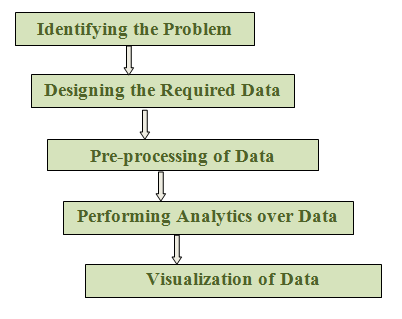What is Predictive Analytics?
Predictive analytics is a form of advanced analytics that uses both new and historical data to determine patterns and predict future outcomes and trends.
How Does Predictive Analytics Work?
Predictive analytics uses many techniques such as statistical analysis techniques, analytical queries, data mining, predictive modeling, and automated machine learning algorithms to data sets to create predictive models that place a numerical value on the likelihood of a particular event happening and includes what-if scenarios and risk assessment. With predictive analytics, organizations can find and exploit patterns contained within data in order to detect risks and opportunities. Predictive analytics is usually associated with big data, Engineering data, for example, is retrieved from sensors, instruments, and other connected systems. On the other hand, business system data of an organization could incorporate transaction data, sales results, customer complaints, and marketing information. In order to extract value from big data, companies apply algorithms to large data sets using tools like Hadoop and Spark. These can capture, store and process the large volumes of data structured or unstructured, from different sources like connected devices and sensors that measure your business.
Different Stages of Predictive Analytics Life Cycle
Predictive analytics has its own life cycle; its first lifecycle starts with the problem statement that is its birth and goe up to its replacement by another model. Here are the stages of predictive analytics:  Predictive analytics can help you make confident real-time recommendations that reduce costs, improve safety, and inform investments.
Predictive analytics can help you make confident real-time recommendations that reduce costs, improve safety, and inform investments.
